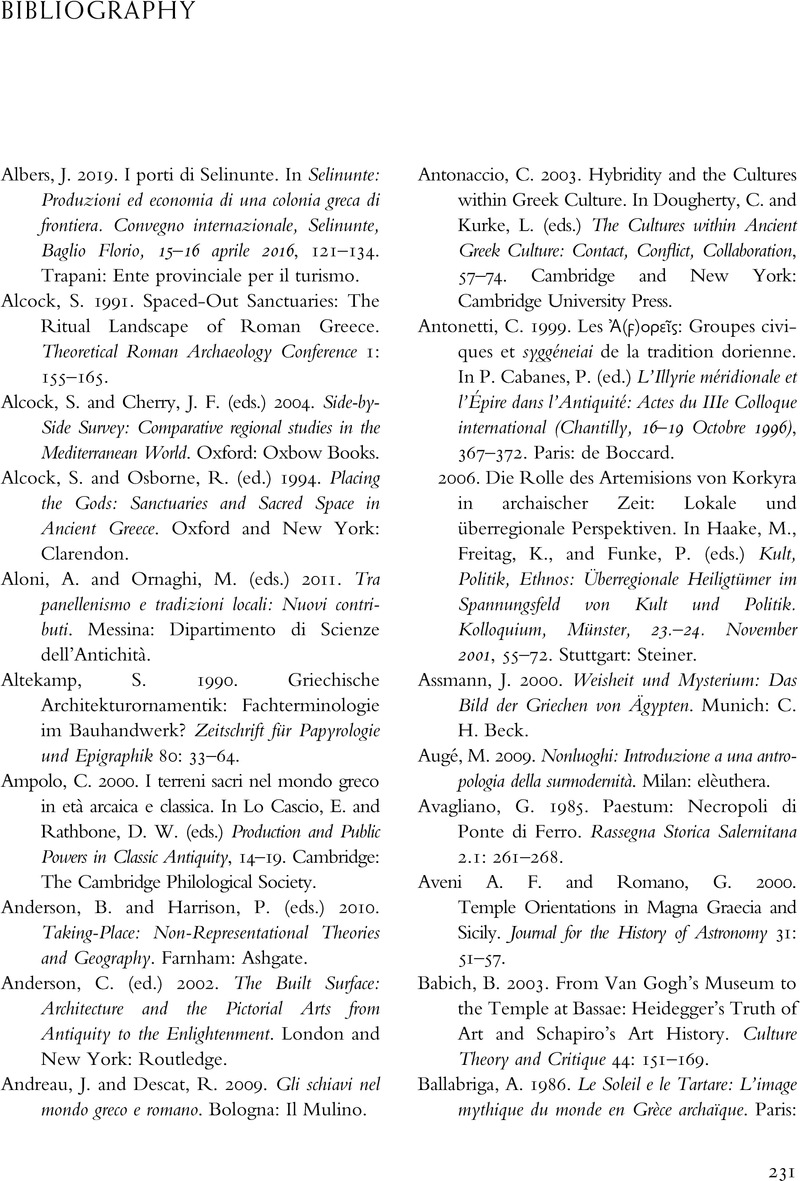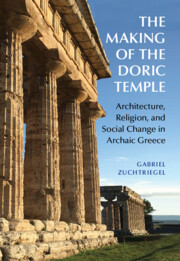Bibliography
Published online by Cambridge University Press: 22 July 2023
Summary

- Type
- Chapter
- Information
- The Making of the Doric TempleArchitecture, Religion, and Social Change in Archaic Greece, pp. 231 - 252Publisher: Cambridge University PressPrint publication year: 2023

